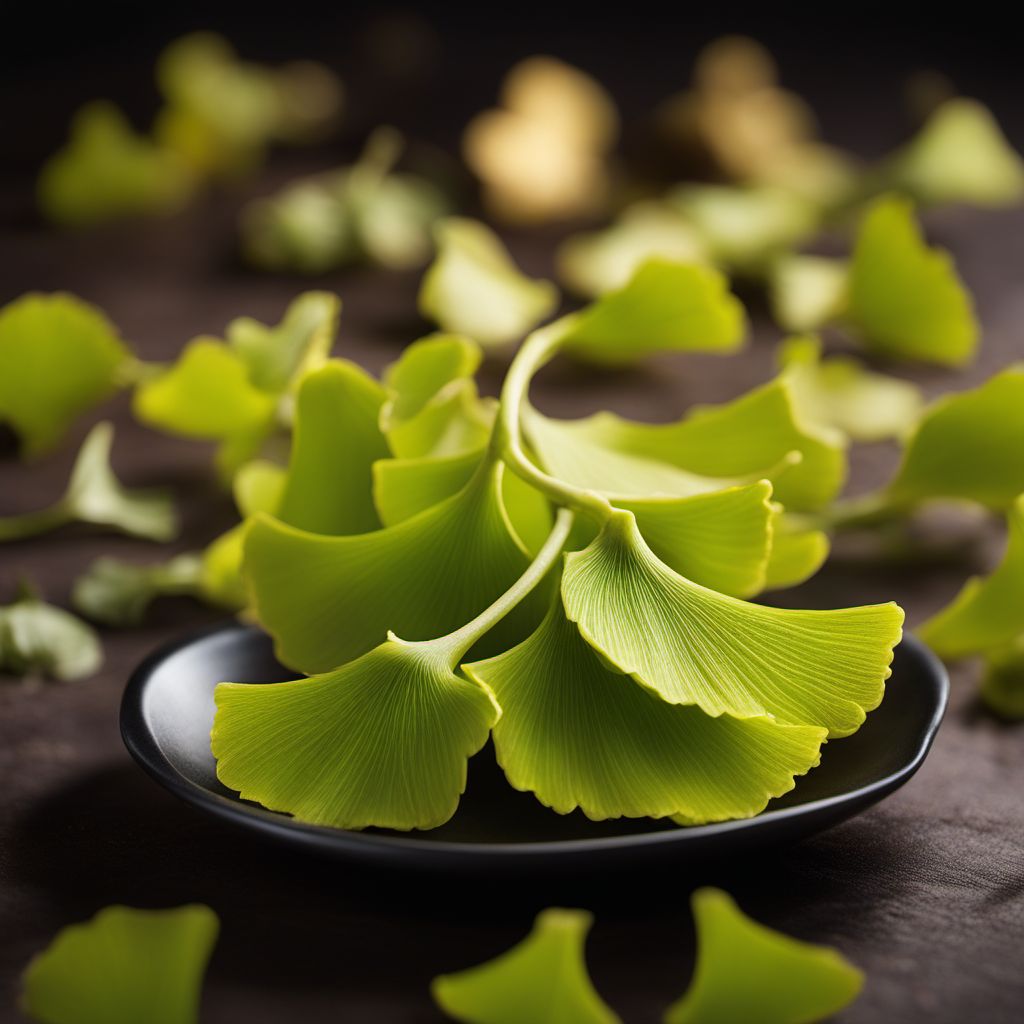
Ingredient
Gingko infusion
The Golden Elixir: Unveiling the Secrets of Gingko Infusion
Gingko infusion is a herbal tea made from the leaves of the gingko biloba tree. It has a pale golden color and a subtle, earthy flavor with hints of nuttiness. The infusion has a smooth and light texture, making it a refreshing beverage. It is often enjoyed hot or cold and can be sweetened with honey or other natural sweeteners. Gingko infusion is also used as a base for various cocktails and mocktails, adding a unique twist to traditional drinks.
Origins and history
Gingko biloba, the tree from which gingko infusion is derived, has a rich history dating back thousands of years. It is considered a living fossil and is one of the oldest tree species on Earth. Gingko biloba is native to China and has been used in traditional Chinese medicine for centuries. It is believed to have various health benefits, including improving cognitive function and reducing anxiety. The use of gingko biloba in culinary practices can be traced back to ancient China, where it was incorporated into dishes for its unique flavor and potential health benefits.
Nutritional information
Gingko infusion is low in calories and fat, making it a healthy beverage choice. It is also a good source of antioxidants, which help protect the body against free radicals and oxidative stress. Additionally, gingko infusion contains flavonoids and terpenoids, which have been linked to various health benefits, including improved brain function and reduced inflammation.
Allergens
Gingko infusion may cause allergic reactions in some individuals, particularly those who are allergic to nuts. It is important to consult with a healthcare professional before consuming gingko infusion if you have any known allergies or medical conditions.
How to select
When selecting gingko infusion, look for high-quality tea leaves that are fresh and vibrant in color. Avoid leaves that appear dull or discolored, as they may be of lower quality. It is also recommended to choose organic gingko infusion to ensure that no pesticides or harmful chemicals are present in the tea leaves.
Storage recommendations
To maintain the freshness and quality of gingko infusion, store it in an airtight container in a cool, dry place away from direct sunlight. Avoid storing it near strong-smelling substances, as gingko infusion can absorb odors easily. Proper storage will help preserve the flavor and aroma of the infusion for a longer period of time.
How to produce
Gingko biloba trees can be grown from seeds or cuttings. However, it is important to note that the seeds of the gingko biloba tree have a foul odor and can cause skin irritation. Therefore, it is advisable to wear gloves when handling the seeds. The tree requires a well-drained soil and prefers a sunny or partially shaded location. It is a slow-growing tree and may take several years to reach maturity.
Preparation tips
To prepare gingko infusion, steep the tea leaves in hot water for about 5-7 minutes, or until the desired strength is achieved. Strain the leaves and discard them. The infusion can be enjoyed as is or sweetened with honey or other natural sweeteners. For a refreshing twist, serve the infusion over ice with a slice of lemon or a sprig of mint. Gingko infusion can also be used as a base for cocktails and mocktails, adding a unique flavor to the drinks.
Culinary uses
Gingko infusion is commonly used in traditional Chinese cuisine, where it is incorporated into soups, stir-fries, and desserts. It adds a subtle nutty flavor and a touch of elegance to these dishes. In Western cuisine, gingko infusion is often used in baking, particularly in cakes, cookies, and pastries. It can also be used as a flavoring agent in ice creams, sorbets, and sauces. Additionally, gingko infusion is a popular ingredient in herbal remedies and supplements due to its potential health benefits.
Availability
Gingko infusion is commonly available in Asian markets, health food stores, and online retailers. It is cultivated in various countries, including China, Japan, and South Korea.
More ingredients from this category » Browse all
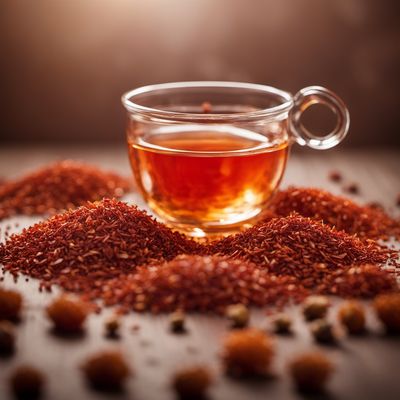
Rooibos infusion
The Red Bush Elixir
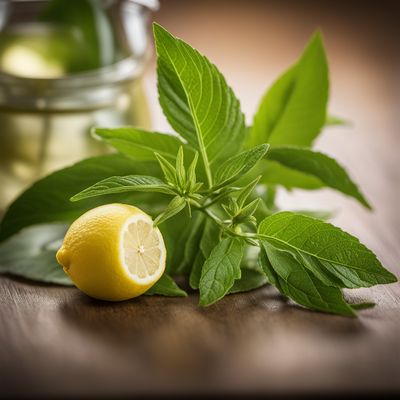
Lemon verbena infusion
The Zesty Elixir: Unveiling the Delights of Lemon Verbena Infusion
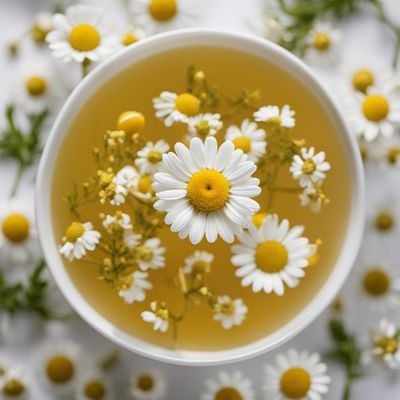
Camomile infusion
"Soothing Serenity: Unveiling the Delicate Elixir of Camomile"
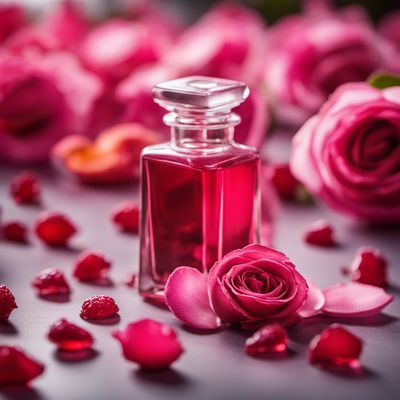
Rose infusion
"The Fragrant Elixir: Exploring the Delicate Flavors of Rose Infusion"
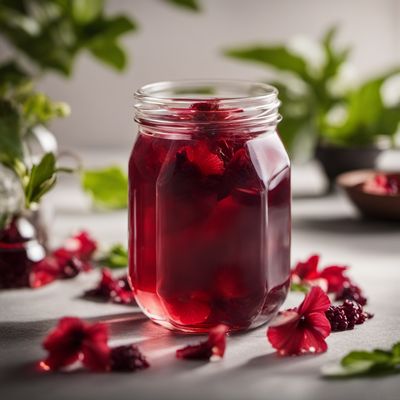
Hibiscus infusion
The Vibrant Elixir

Valerian root infusion
The Tranquil Elixir: Valerian Root Infusion
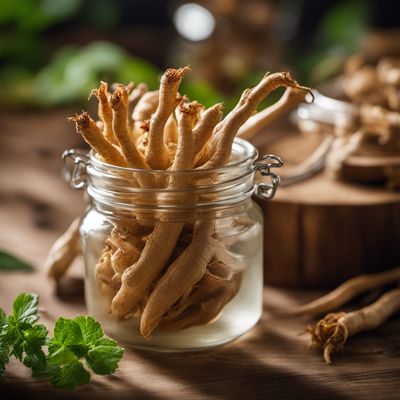
Ginseng root infusion
Elixir of Vitality

Maté infusion
The Energizing Elixir
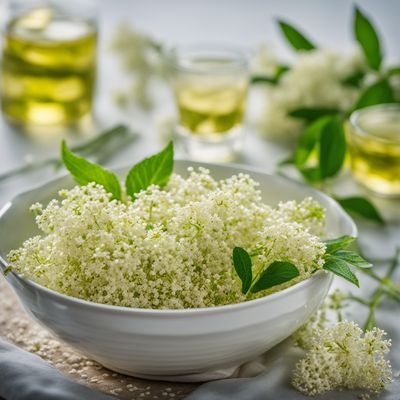
Elderflowers infusion
The Fragrant Elixir: Elderflower Infusion
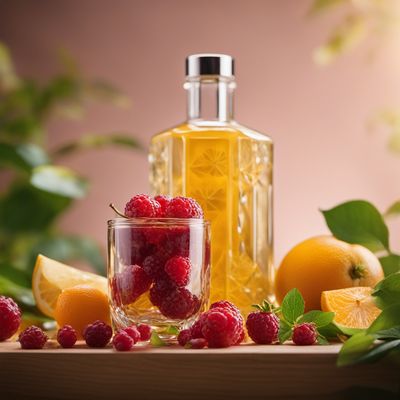
Fruit infusion
Refreshing Fruit Infusion
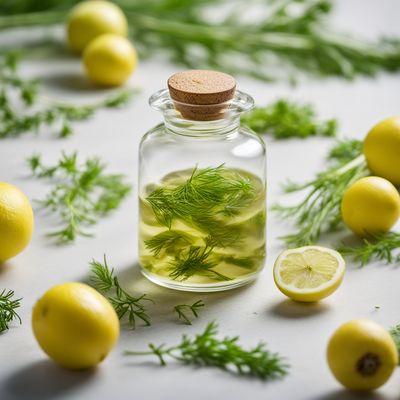
Fennel infusion
The Fragrant Elixir: Fennel Infusion
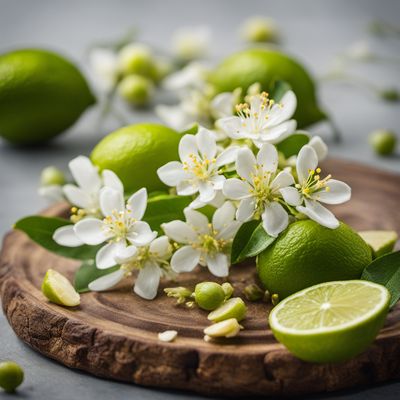
Lime blossoms infusion
The Fragrant Elixir of Lime Blossoms
